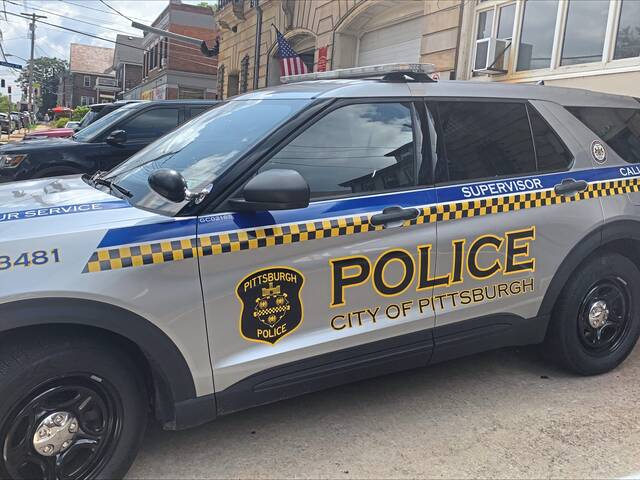https://triblive.com/local/audit-shotspotter-speeds-police-to-shootings-but-has-little-impact-on-arrests-violence/
ShotSpotter hastens police response but has little impact on arrests, audit finds

The ShotSpotter gunshot detection system has helped Pittsburgh police respond to shootings more quickly but has not led to a surge in arrests or any significant decrease in gun-related incidents, according to a report this week from the city’s controller.
Pittsburgh first launched a ShotSpotter pilot program in a 3-square-mile area in December 2014. In 2017, the city began expanding the technology, which now covers nearly a third of Pittsburgh’s 58-square-mile footprint.
The audio-detection system uses a network of sensors deployed across the city to detect and locate gunfire, providing police with real-time alerts and pinpointing the area where shots were heard.
Pittsburgh Controller Rachael Heisler’s audit indicates ShotSpotter is a tool that helps police react more quickly when gunshots are detected. On average, response times were about 63% faster with ShotSpotter between 2018 and 2023, the report found.
“With ShotSpotter, officers are able to respond directly to the incident with improved situational awareness and, in the event there is a victim, aid can be rendered swiftly, the scene can be secured, and medical personnel can access the area to quickly render life-saving care,” Cara Cruz, a Pittsburgh public safety spokesperson, said in a statement.
The city has spent $8.1 million on the technology.
This comes even as other cities are turning away from ShotSpotter, citing the lack of evidence that the technology actually reduces violent crime. Some officials around the country have questioned whether ShotSpotter is effective enough to warrant its price.
Heisler’s report showed that fewer than 1% of ShotSpotter alerts in Pittsburgh led to arrests.
Response time is ‘big thing’
The controller’s office also found the gunshot detection program does not seem to have reduced gunshot injuries since its implementation.
When the controller’s office compared trends of confirmed gunshot injuries before the city implemented ShotSpotter and after, “no significant change is evident,” the report said.
Between 2012 and 2017, reported gunshot injuries averaged just over 200 reports per year. After the technology was rolled out, the yearly average was 200, the report showed.
Councilman Anthony Coghill, D-Beechview, said he doesn’t see that as a failure of ShotSpotter. Coghill, who serves as council’s public safety chair, views the technology as a tool to help police quickly respond to shootings, not as a method to reduce crime.
“I never expected incidents — firearm-related incidents — to decrease because of ShotSpotter,” he told TribLive Tuesday. “The big thing is always the response time.”
Coghill said he appreciates that ShotSpotter ensures police are notified of a shooting, even if no one calls 911.
And that may be particularly important as 911 calls are decreasing, Heisler’s report showed.
‘Productive’ alerts
The number of 911 calls to report gunfire dropped by about 50% from 2017 to 2024, according to the controller.
“Therefore, ShotSpotter augments the (police bureau’s) detection of gunfire, and, without it, reports would consist of 911 calls only, delayed discoveries, or unreported gunfire incidents,” the report said.
According to Cruz, when police receive a ShotSpotter alert, 93% of the time, there is no 911 call to report the incident.
“This shows the effectiveness of the system, as well as the necessity of employing the technology in Pittsburgh,” Cruz said. “Regrettably, communities can become complacent with gunfire and residents believe someone else may call 911, leaving the information unreported to police.”
Heisler’s report acknowledged that ShotSpotter is prone to false alarms. But so are human-initiated 911 calls, the report showed.
ShotSpotter alerts were, on average, 2% more productive than 911 calls between 2018 and 2023, the report found.
About 63% of ShotSpotter reports from 2018 through 2024 were productive, meaning first responders made an arrest or filed a report, rather than discovering there was a false alarm.
When people called 911, 61% of calls were labeled as productive, Heisler’s report found.
“While the data does not show a significant reduction in overall crime levels, it is clear that this technology is effective at improving response times, particularly given the significant drop in 911 calls over the last decade,” Heisler said.
Copyright ©2026— Trib Total Media, LLC (TribLIVE.com)
